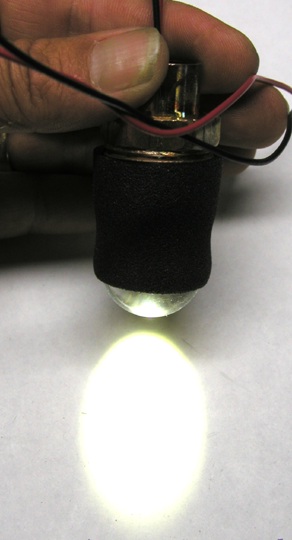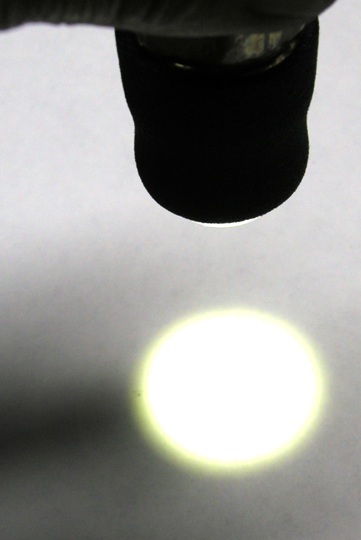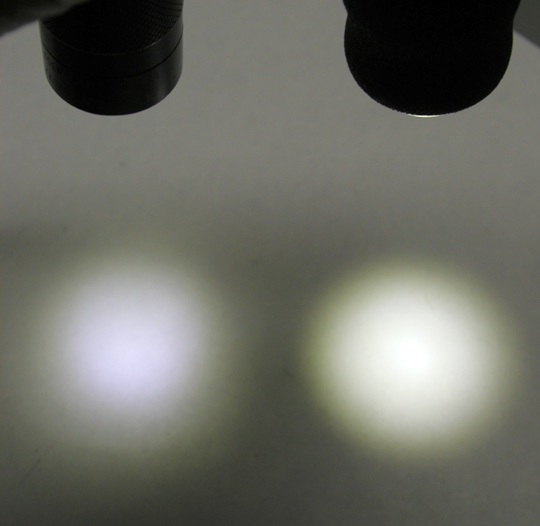A simple mod I did using a Techass PR2 shows the effect of an acryllic ball used as a lens:
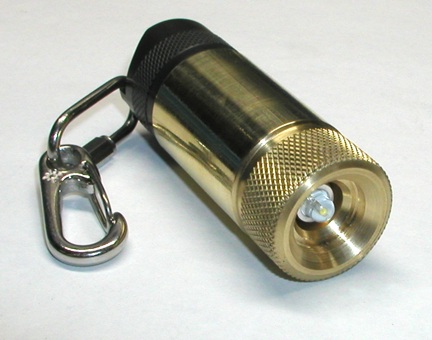
The PR2 unaltered beam is shown below:
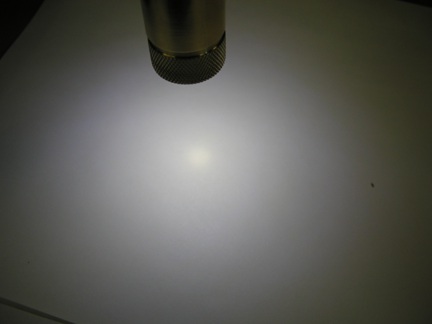
A 1" clear acrylic ball is held up to the light with the distance to paper being the same:
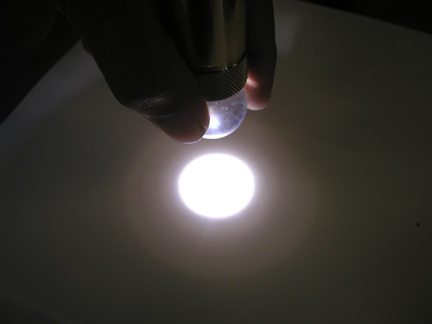
A similar but less dramatic effect is possible holding the ball up to an Arc AAA. By adjusting the distance of the ball from from the LED a very small bright beam can be obtained.
It may be for a single LED light to function as both a wide angle "candle" as well as a narrow bright spot a focusing lens applied to a wide angle LED could perform better than a narrow beam LED with a difussing lens. Certainly with the ball mounted in a sliding tube, an adjustable beam would be available.
The PR2 appears to have a shortened head. This seems to be necessary for the ball to get close enough to the die and to allow for an adjustable focus of the light beam. It would be very interesting IMHO if one of you with good light measuring equipment could experiment with this. The acrylic balls are pretty cheap at places like Tap Plastics and I assume that the LED's can be shaved and re-polished.
The beam resulting from the ball lens is very even in brightness to the naked eye.
Junior science project 1B completed....


The PR2 unaltered beam is shown below:

A 1" clear acrylic ball is held up to the light with the distance to paper being the same:

A similar but less dramatic effect is possible holding the ball up to an Arc AAA. By adjusting the distance of the ball from from the LED a very small bright beam can be obtained.
It may be for a single LED light to function as both a wide angle "candle" as well as a narrow bright spot a focusing lens applied to a wide angle LED could perform better than a narrow beam LED with a difussing lens. Certainly with the ball mounted in a sliding tube, an adjustable beam would be available.
The PR2 appears to have a shortened head. This seems to be necessary for the ball to get close enough to the die and to allow for an adjustable focus of the light beam. It would be very interesting IMHO if one of you with good light measuring equipment could experiment with this. The acrylic balls are pretty cheap at places like Tap Plastics and I assume that the LED's can be shaved and re-polished.
The beam resulting from the ball lens is very even in brightness to the naked eye.
Junior science project 1B completed....


